
Ingredient
Oat flour
The Wholesome Power of Oat Flour
Oat flour is a finely ground powder made from whole oats. It has a light, soft texture and a pale beige color. This gluten-free flour has a slightly sweet and nutty flavor, with a hint of earthiness. It adds moisture and tenderness to baked goods while imparting a subtle oat taste. Oat flour is known for its high fiber content, making it a popular choice for those seeking a healthier alternative to traditional flours.
Origins and history
Oats have been cultivated for thousands of years and were first domesticated in the Fertile Crescent region of the Middle East. They were primarily used as animal feed until the Bronze Age, when humans began consuming oats as a staple food. Oat flour gained popularity in the Western world during the Middle Ages and has since become a staple ingredient in many cuisines.
Nutritional information
Oat flour is a nutritional powerhouse, rich in dietary fiber, protein, and essential minerals such as manganese, phosphorus, and magnesium. It is also a good source of vitamins B1 and B5. A 1/4 cup (30g) serving of oat flour contains approximately 110 calories, 3g of protein, 3g of fiber, and 1.5g of fat.
Allergens
Oat flour is naturally gluten-free, but cross-contamination with gluten-containing grains may occur during processing. Therefore, individuals with gluten sensitivities or celiac disease should look for certified gluten-free oat flour.
How to select
When selecting oat flour, opt for brands that use whole oats and have minimal processing. Look for a fine texture and a fresh, pleasant aroma. Check the packaging for any signs of moisture or clumping, as this may indicate poor quality or improper storage.
Storage recommendations
To maintain the freshness and quality of oat flour, store it in an airtight container in a cool, dry place. It is best to use it within 3-6 months of purchase, as the natural oils in the oats can cause the flour to turn rancid over time.
How to produce
Oat flour can be easily made at home by grinding rolled oats in a blender or food processor until a fine powder is achieved. It is important to ensure that the oats are gluten-free if you require a gluten-free flour.
Preparation tips
Oat flour can be used as a substitute for all-purpose flour in many recipes, but it may require additional moisture or binding agents due to its lack of gluten. It is commonly used in baking cookies, muffins, pancakes, and bread. To enhance its flavor, lightly toast the oat flour before using it in recipes. Additionally, combining oat flour with other gluten-free flours can help achieve better texture and structure in baked goods.
Substitutions
Almond flour, coconut flour, or buckwheat flour can be used as substitutes for oat flour in recipes. Each of these alternatives offers a unique flavor and texture profile that can complement various dishes.
Culinary uses
Oat flour is widely used in gluten-free baking, where it adds moisture, tenderness, and a subtle oat flavor to cookies, cakes, and bread. It can also be used as a thickening agent in soups, stews, and sauces. Oat flour can be incorporated into savory dishes like veggie burgers or used as a coating for fried foods.
Availability
Oat flour is commonly available in grocery stores, health food stores, and online retailers worldwide.
More ingredients from this category » Browse all
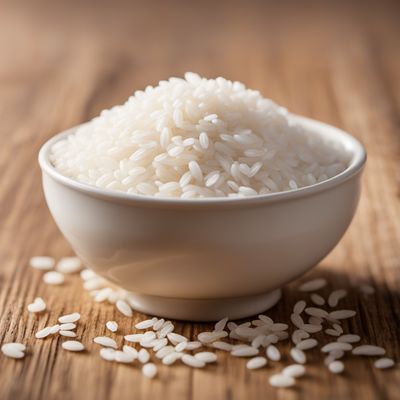
Rice flour
The Versatile Grain Powder
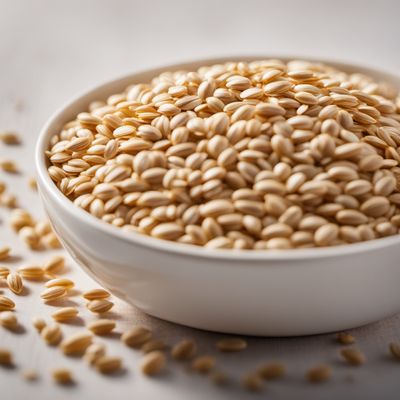
Barley flour
The Nutritional Powerhouse: Barley Flour
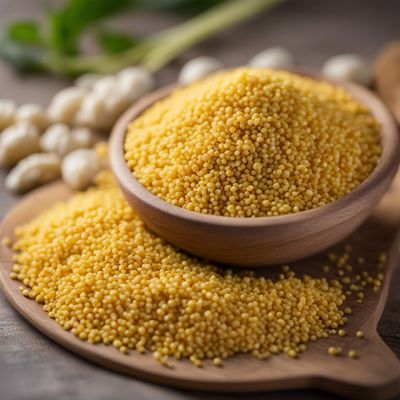
Millet flour
The Ancient Grain: Millet Flour
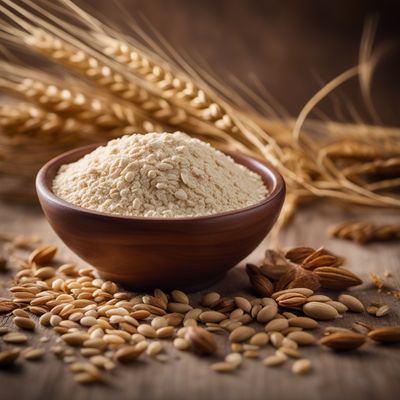
Flour mix (like wheat/rye/barley/oats and other)
Versatile Blend for Every Recipe

Spelt flour
The Ancient Grain of Spelt

Maize, milled
Golden Grain: Unleashing the Power of Milled Maize

Cereal and cereal-like flours not separately listed
The Flour Power: Unleashing the Versatility of Cereal and Cereal-Like Flours

Rye flour
Hearty Grain

Buckwheat flour
The Nutty Powerhouse: Buckwheat Flour

Amaranth flour
The Ancient Grain Flour with a Nutty Twist
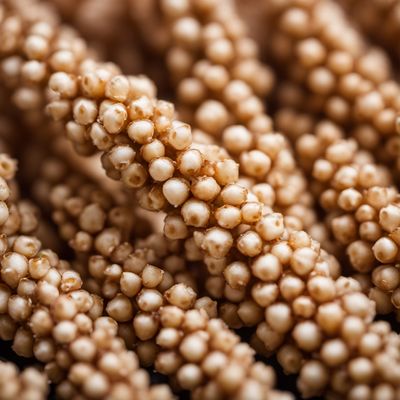
Sorghum flour
Sorghum Flour: A Nutritious and Gluten-Free Alternative
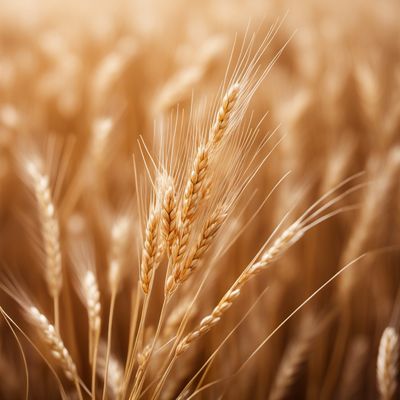
Wheat flour
The Versatile Grain: Exploring the Wonders of Wheat Flour
Recipes using Oat flour » Browse all

Tex-Mex Bethmännchen
Spicy Tex-Mex Almond Cookies

Almond and Honey Alfajor
Deliciously Sweet Spanish Almond and Honey Alfajor

Punta di Petto Parmigiana
Savory Italian Beef Parmigiana
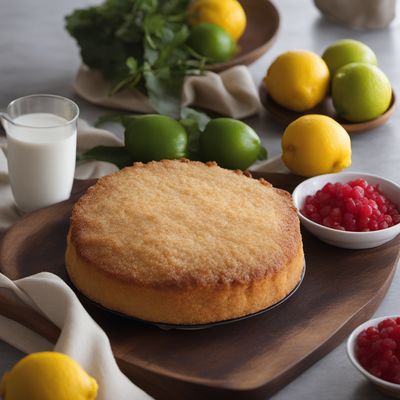
Pastel de Santa Clara
Mexican Almond Cake: A Sweet Delight from Santa Clara
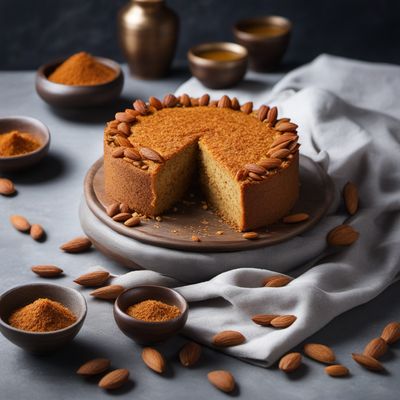
Shandong-style Almond Cake
Golden Almond Delight: Shandong-style Mohanthal

Migliaccio di Carnevale
Luscious Lemon Ricotta Cake: A Delightful Italian Carnival Treat

Mummentaart Recipe
Luxembourgian Delight: Mummentaart - A Sweet and Spiced Pastry Delight
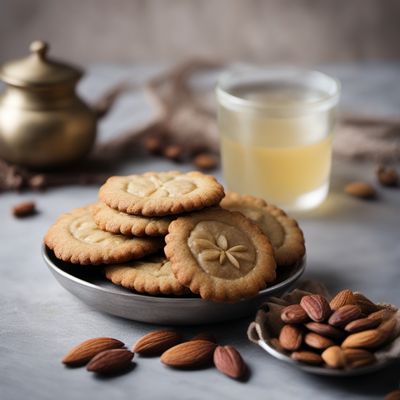
Rajasthani Almond and Cardamom Cookies
Royal Rajasthani Delights: Almond and Cardamom Cookies

Ciambella di San Cataldo
Italian Almond Ring Cake: A Delicate Delight from San Cataldo

Roman Apple and Almond Crumble
Delizioso Croccante di Mele e Mandorle Romano (Delicious Roman Apple and Almond Crumble)

Sichuan-style Spicy Paški Baškotin
Fiery Fusion: Sichuan-inspired Spicy Paški Baškotin

Chinese Almond Cookies
Golden Almond Delights: Chinese-Inspired Cookies